People use automatic doors for convenience, accessibility, safety, energy efficiency, and technological advancement.
Convenience
Automatic doors have become a staple in various settings for a good reason. They offer unparalleled convenience that not only makes life easier but also speeds up the flow of traffic in busy areas. Below are some aspects that elaborate on the role of convenience in the widespread adoption of automatic doors.
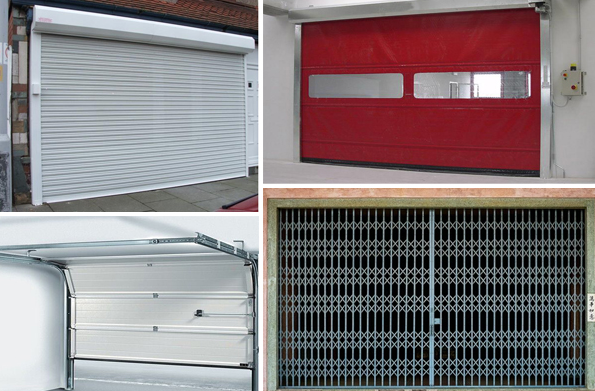
Easier Access for All Ages
Automatic doors make it possible for people of all ages to enter and exit buildings without the hassle of manually opening a door. This is particularly useful for parents pushing strollers, elderly individuals who might struggle with traditional doors, and children who may find heavy doors challenging to open. It eliminates the need to touch door handles, making the process more hygienic as well. The convenience offered makes them a popular choice in shopping malls, airports, and hotels.
Importance in High Traffic Areas
In settings where a large number of people are continuously entering and exiting, like subway stations or busy office buildings, automatic doors help maintain a steady and quick flow of traffic. They open and close swiftly, allowing people to pass through without causing delays or queues. They are especially critical in places like airports where speed and efficiency are of utmost importance.
Speed and Efficiency
The speed at which automatic doors operate is a significant factor in their convenience. High-speed automatic doors can open in a split second as a person approaches and close quickly behind them, preserving indoor climate and saving energy. This is a useful feature in industrial settings or areas with harsh weather conditions. Plus, the efficient operation means that there is less waiting time, which is valuable in places where time is of the essence, like hospitals or emergency exits.
Accessibility
The use of automatic doors significantly enhances the accessibility of public and private spaces. This makes them an indispensable resource for complying with disability laws, facilitating medical care, and ensuring that buildings are truly open to everyone. Here are some facets that detail the role of accessibility in using automatic doors.
ADA Compliance and Universal Design
Automatic doors are often essential for buildings to meet the Americans with Disabilities Act (ADA) standards, which mandate that public accommodations must be accessible to individuals with disabilities. Complementing this is the concept of Universal Design, which aims to make environments accessible to as many people as possible, regardless of age, ability, or status. Automatic doors contribute to this by providing easy, hands-free access, making them ideal for public buildings, schools, and other community spaces.
Assisting People with Disabilities
People with mobility issues, whether using wheelchairs, walkers, or crutches, find automatic doors to be exceptionally helpful. They eliminate the need to exert physical force to open a door, thus making it easier for people with disabilities to navigate through buildings. These doors are especially useful in settings like community centers and libraries, where inclusivity is a major focus.
Use in Hospitals and Medical Facilities
Automatic doors are nearly ubiquitous in hospitals and other medical facilities for several reasons. Beyond general accessibility, they facilitate the quick and efficient movement of stretchers and medical equipment. They also minimize contact with surfaces, reducing the spread of germs and contributing to a more sterile environment. Medical staff can move more swiftly during emergencies, ensuring timely care and better outcomes.
Safety and Security
Automatic doors not only offer convenience and accessibility but also enhance the safety and security of a building or facility. This multifaceted contribution ranges from reducing the spread of germs to incorporating advanced security features. Let’s delve into these aspects to understand how automatic doors contribute to safety and security.
Reduced Risk of Contamination
In the age of heightened awareness about cleanliness due to health crises like the COVID-19 pandemic, automatic doors serve as a tool to minimize touchpoints. With fewer people touching door handles, the potential for cross-contamination of germs decreases significantly. This is particularly important in settings like hospitals, food processing plants, and even public restrooms, where maintaining a germ-free environment is critical.
Advanced Locking Systems
Security is a significant concern in places like banks, government buildings, and high-security zones. Automatic doors can integrate with advanced locking systems that include features such as fingerprint scanning, retina scans, and key card access. This ensures that only authorized individuals can enter specific areas, thereby maintaining a high level of security and reducing the risk of unauthorized entry.
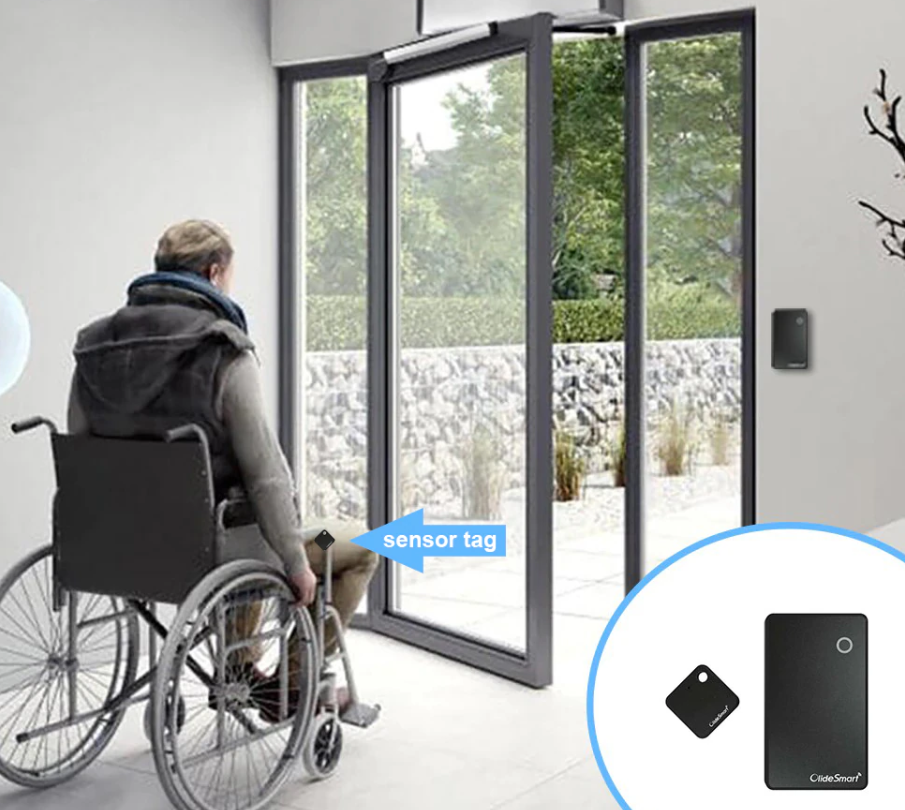
Emergency Response Capabilities
Automatic doors often have built-in safety features to aid during emergencies like fires or natural disasters. They can be programmed to swing open immediately when a fire alarm goes off, allowing for swift and unobstructed exit. This feature can be life-saving in situations that require rapid evacuation, such as schools or crowded public events.
Energy Efficiency
When discussing the various advantages of automatic doors, their contribution to energy efficiency is an aspect that often goes unnoticed but is increasingly relevant, especially in the context of sustainable development and energy conservation. Here’s how automatic doors can be beneficial in conserving energy.
Less Air Leakage
One of the hidden benefits of automatic doors is that they help to minimize air leakage, which is critical for maintaining indoor temperatures. Especially in commercial buildings where heating or cooling systems are running continuously, these doors open only when they detect motion and close immediately after, limiting the time for conditioned air to escape. This efficiency contributes to lower energy bills and is a step toward making buildings more energy-efficient.
Climate Control Advantages
Automatic doors also come with advanced climate control features, which can be integrated with a building’s Heating, Ventilation, and Air Conditioning (HVAC) system. Sensors on the doors can feed data about outdoor temperatures and crowd flow to the HVAC system, enabling it to adjust settings accordingly. This intelligent synchronization of systems not only ensures optimal indoor comfort but also minimizes the energy expenditure, which is particularly beneficial in places with extreme weather conditions.
Technological Advancements
The realm of automatic doors has seen a surge of technological innovations that make these systems smarter, more responsive, and increasingly integrated with other smart technologies. These advancements are not merely incremental; they have substantially altered how we interact with built environments. Let’s explore the technological advancements that are shaping the future of automatic doors.
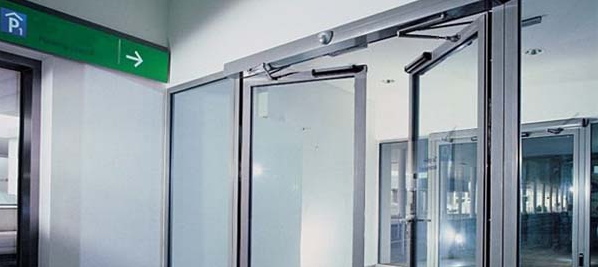
Sensors and Motion Detection
Advancements in sensor technology have revolutionized the capabilities of automatic doors. Gone are the days of simple infrared sensors; today, we have advanced motion detection systems that are more accurate and responsive. For instance, radar technology and LiDAR can now be integrated into door systems to enable more precise detection of approaching individuals or objects. This ensures that doors open and close at the optimum time, thereby conserving energy and enhancing safety.
Integration with Smart Systems
Automatic doors are increasingly becoming a part of integrated smart systems within buildings and even entire cities. Through Internet of Things (IoT) technology, these doors can communicate with other smart devices, such as lighting, heating, or security systems, to create a seamless and more efficient environment. For instance, when an automatic door opens, it can signal the lighting system to activate, thereby saving energy when no one is present. Similarly, integration with security systems can enable features like facial recognition for authorized entry.
Aesthetic Appeal
While functionality often takes the center stage when discussing automatic doors, their aesthetic appeal should not be overlooked. The design and look of automatic doors can significantly contribute to the overall ambience and impression of a building. Let’s take a closer look at how the aesthetic elements of automatic doors are becoming an integral part of modern architecture.
Modern Design and Customization
Automatic doors come in various designs, materials, and finishes that can be tailored to match the aesthetic needs of any building. Whether it’s a sleek, glass door for a modern office complex or a more traditional wooden finish for a boutique hotel, the options are nearly endless. With advances in technology, it’s now possible to customize doors with unique colors, textures, or even smart display panels that can show messages or advertisements.
How Automatic Doors Complement Architectural Elements
The design of automatic doors often complements existing architectural elements, such as windows, facades, and interior design themes. For example, in buildings with a focus on sustainable architecture, transparent automatic doors can be used to increase natural light, thereby reducing the need for artificial lighting. In historic buildings or spaces with classic architectural elements, designers can opt for automatic doors that mimic traditional styles while providing modern functionality.
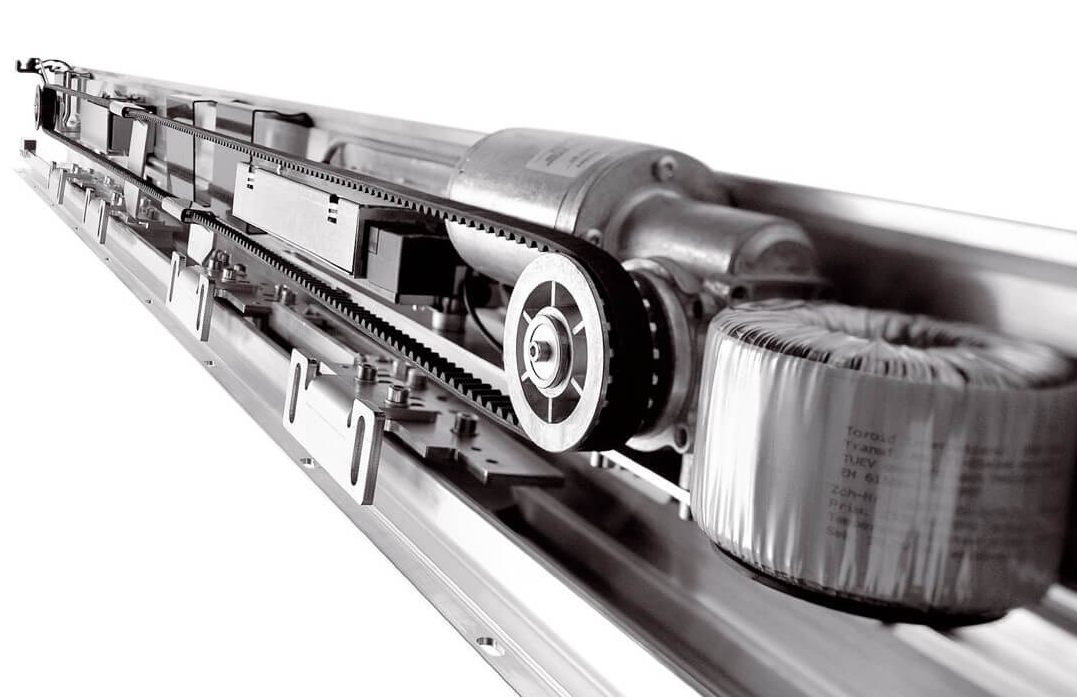
Cost-Benefit Analysis
When contemplating the implementation of automatic doors, it’s crucial to consider the economic aspects. Although initial costs might seem high, the long-term benefits often justify the investment. In this section, we’ll explore the costs and benefits associated with installing and maintaining automatic doors.
Initial Installation Costs vs Long-term Benefits
Automatic doors come with an upfront cost that includes not just the door itself but also the sensors and any additional features like advanced locking systems or customized designs. While these costs can be considerable, especially for high-end models, it’s vital to consider the long-term benefits. These include energy savings, as automatic doors are effective in minimizing air leakage, and reduced labor costs, as less manual intervention is required for operations like locking and unlocking doors. Over time, these savings can accumulate, making the doors a sound investment. Further, the convenience and safety factors they add to any building can also be seen as intangible benefits that contribute to a better quality of life.
Maintenance and Repair
Every piece of machinery requires maintenance, and automatic doors are no exception. The ongoing costs include regular check-ups, occasional sensor recalibrations, and potential part replacements. However, these costs are generally not exorbitant and can be planned for in the annual maintenance budget. In many cases, the durability and robustness of modern automatic doors mean that maintenance is infrequent, further lowering long-term costs. In addition, manufacturers often offer warranties that cover part or all of the repair costs for a specified period.
Legal and Regulatory Framework
Installing automatic doors isn’t just about choosing the right design or assessing the long-term cost benefits. It also involves navigating a complex landscape of legal and regulatory requirements. These mandates are designed to ensure that the doors meet specific safety and accessibility standards. Here we delve into the legal and regulatory framework surrounding the use of automatic doors.
Building Codes and Standards
When installing automatic doors, adherence to local, state, or national building codes and standards is mandatory. These codes often specify the minimum requirements for things like safety, fire resistance, and accessibility. For example, in the United States, automatic doors need to comply with the American National Standards Institute (ANSI) guidelines. Failing to meet these codes can result in hefty fines and may even require the removal or replacement of the installed doors. Thus, understanding and following these codes isn’t just good practice; it’s a legal necessity.Liability and Insurance Implications
Another critical consideration is the legal liability that comes with installing and maintaining automatic doors. Suppose an individual were to be injured because of a malfunctioning door. In that case, the property owner could be held liable for damages, which could have severe financial repercussions. To mitigate this risk, property owners often take out liability insurance policies specifically for their automatic doors. Moreover, regular maintenance checks and immediate repairs not only keep the doors functioning correctly but also minimize the risk of accidents, thereby reducing potential liability.
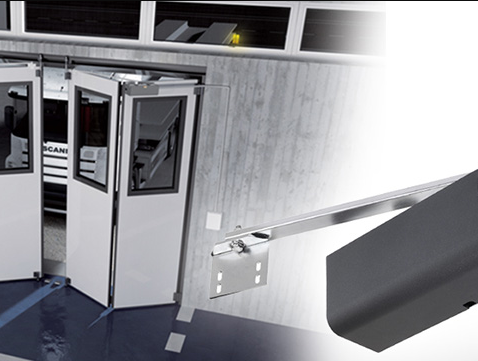
Case Studies
Examining real-world examples offers insightful perspectives on the advantages and practical applications of automatic doors. Success stories in various settings help to underscore the myriad benefits these doors offer. Here, we look at some interesting case studies involving automatic doors in commercial and public transport settings.
Success Stories in Commercial Settings
One notable example can be seen in a leading shopping mall chain that replaced its traditional manual doors with automatic sliding doors. The new doors not only eased congestion during peak hours but also improved energy efficiency. The air conditioning system was less burdened because the doors minimized air leakage, leading to reduced energy costs. Customer satisfaction also noticeably improved, which indirectly increased foot traffic and sales for retail stores within the mall.
Real-world Examples of Usage in Public Transport
Automatic doors are not just for buildings; they are increasingly being used in public transport as well. For example, many modern trains and subways now feature automatic doors that are synchronized with platform screen doors. This coordination ensures maximum safety by eliminating the gap between the train and the platform, minimizing accidents. These doors also improve the flow of passenger traffic, making the boarding and alighting process more efficient, especially during rush hours.
Future Trends
As we look toward the future, it’s clear that automatic doors are far from reaching their full potential. With ongoing technological advancements and an increased focus on sustainability, the landscape of automatic doors is bound to evolve further. Here are some trends that are likely to shape the future of this industry.
Innovation in Door Mechanisms
In the realm of technology, innovation never stops. Already, researchers are developing new door mechanisms that could revolutionize the way we think about entrances and exits. For instance, there are prototypes of doors that use advanced facial recognition technology to allow entry, enhancing both convenience and security. Another development to watch for is the incorporation of Internet of Things (IoT) technology. This would allow doors to be more integrated with other smart systems in a building, further improving functionality and efficiency.
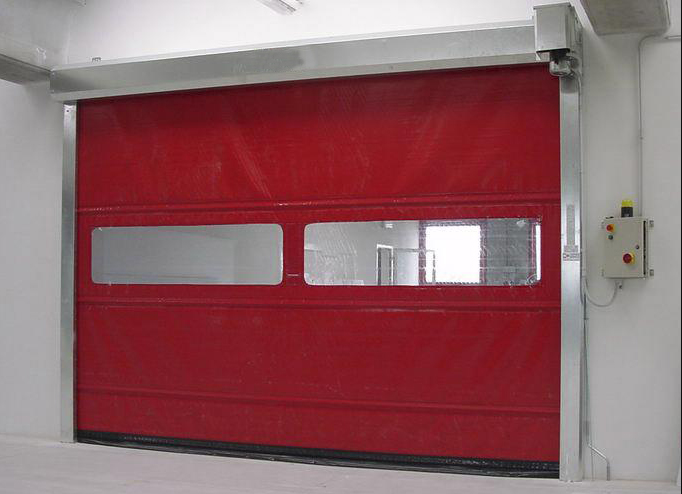
Sustainability Considerations
As global awareness of environmental issues grows, sustainability considerations are becoming a significant factor in the design and implementation of automatic doors. Expect to see doors made from eco-friendly materials or ones that utilize energy-efficient motors. Some are even looking into kinetic energy systems that could harness the energy from the door’s movement to power other aspects of the building, such as lighting. These trends align well with the broader shifts toward sustainable development and green architecture.
